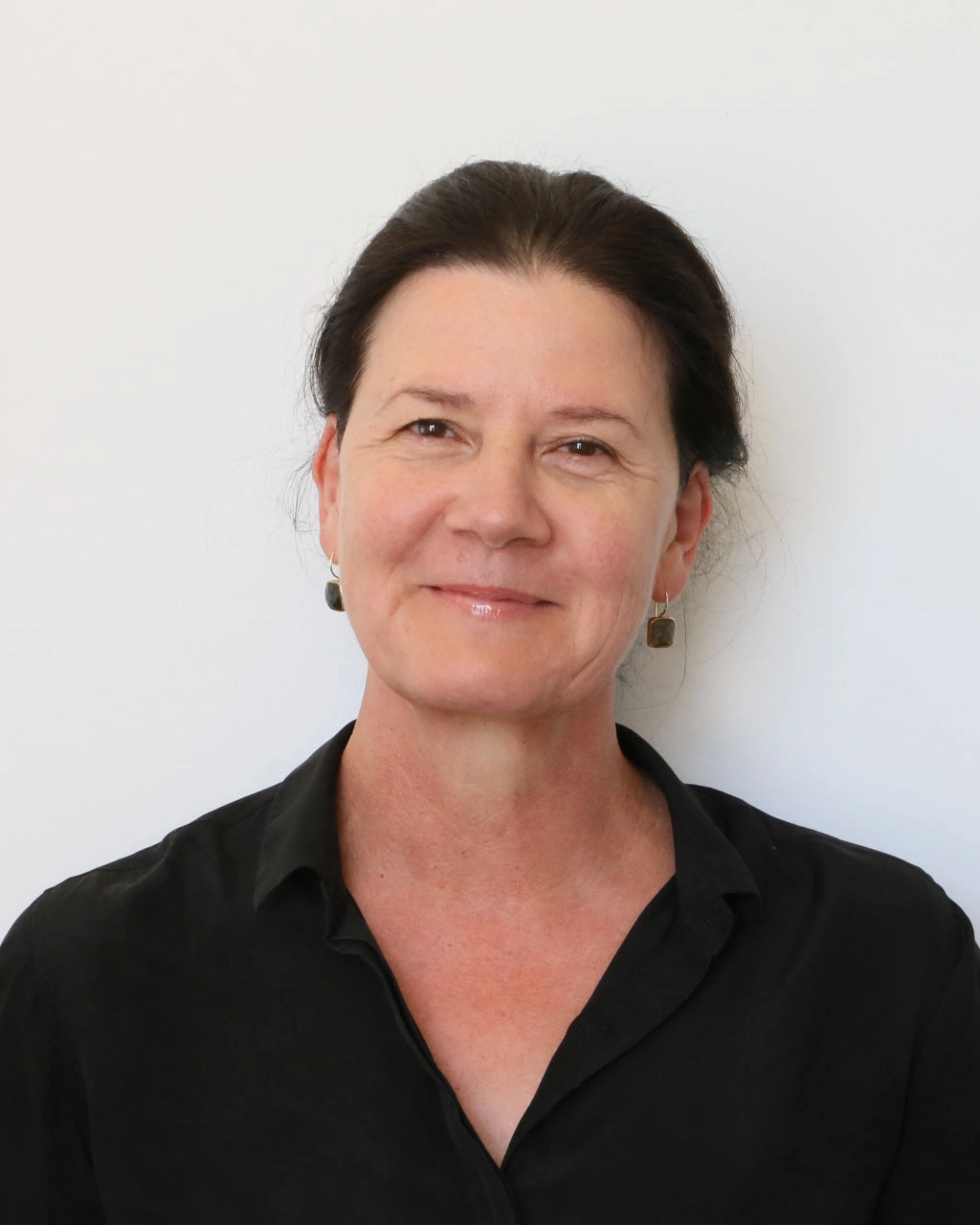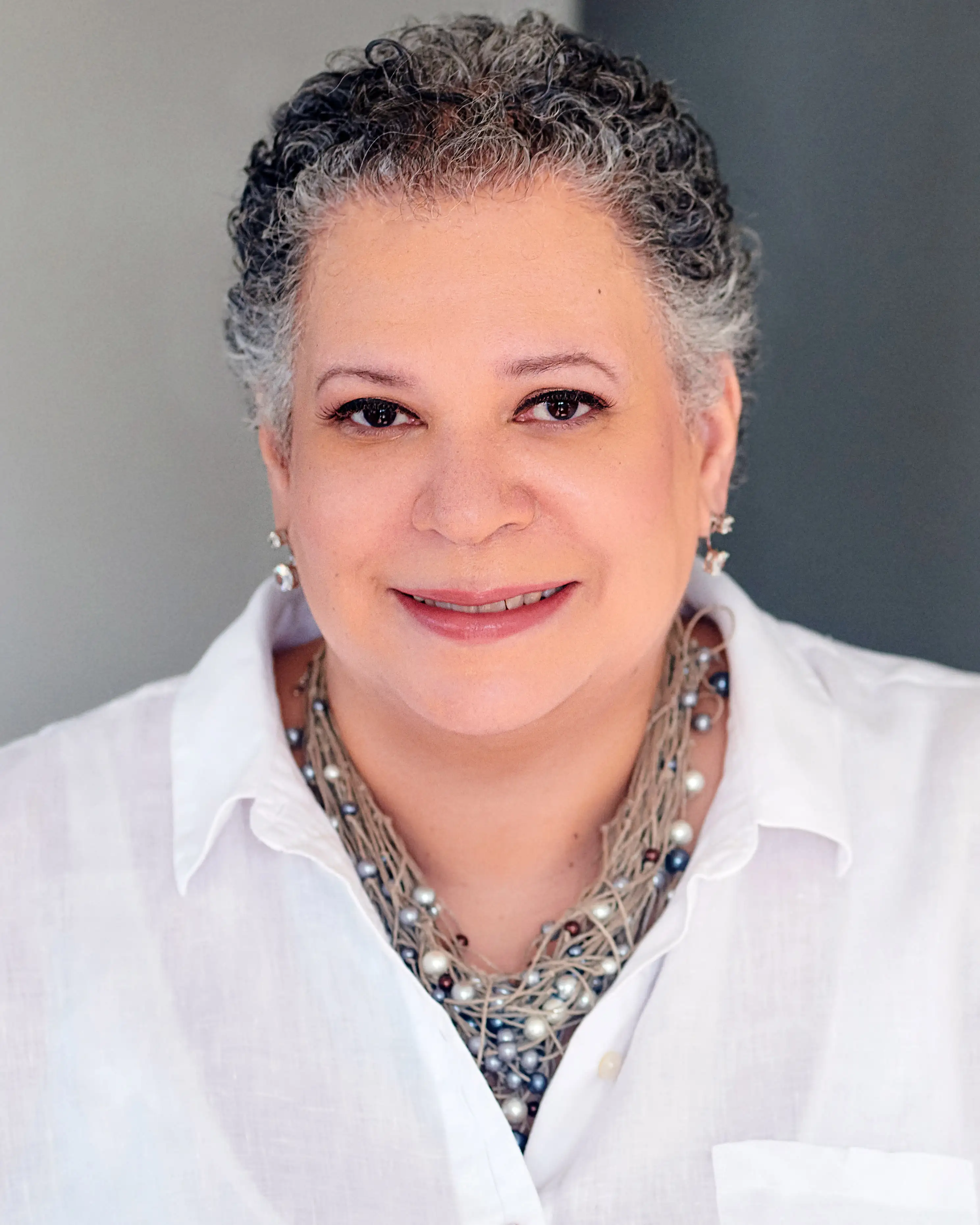Architectural Record's 2022 Women in Architecture Award Winners

In late August, RECORD announced the winners of its ninth annual Women in Architecture Design Leadership Awards, which seek to recognize and promote notable women in the field across five categories: Design Leader, New Generation Leader, Innovator, Educator, and Activist. This year’s winners, listed below, reflect a wide range of practice, research, and leadership, and will be honored at our annual Women in Architecture ceremony in New York City on Thursday, October 20th.
Design Leader:
Carol Ross Barney

Carol Ross Barney. Photo by Tara White
Carol Ross Barney has been in the vanguard of civic space design since founding her Chicago-based firm Ross Barney Architects in 1981. Over the course of her career, Barney and her work have been honored with over 200 major design awards, including twelve national AIA Honor Awards, over 40 AIA Chicago Awards, and most recently the 2021 National Design Award from Cooper Hewitt.
For the past two decades, Ross Barney Architects has been working on public projects along Chicago’s riverfront, including the design of the Chicago Riverwalk and the 606 Framework Plan, a masterplan for what was previously the Bloomingdale Trail, an elevated-railway turned park. Other notable projects include the Oklahoma City Federal Building, the McDonald’s global flagship restaurants—both in Chicago and Disney World—and the Jewish Reconstructionist Congregation Synagogue in Evanston, Illinois. Barney teaches an advanced design studio at the Illinois Institute of Technology, where she also serves on the College Board of Overseers.
"Design unleashes the potential for public space, and architects can foster community and inspire progress. Our public spaces express our history, values, and future vision, and bring us together to share culture and diverse backgrounds,” says Barney. “As a citizen designer, I feel empowered to fight for the ideas my people believe in and the quality they deserve."
New Generation Leader:
Jing Liu

Jing Liu. Photo courtesy SO - IL
After receiving her education in China, Japan, the United Kingdom, and the United States, Jing Liu co-founded SO – IL with Florian Idenburg in 2008 in New York City. Over 20 years of practice, she has brought an intellectually open, globally aware, and locally focused sensibility to her work, which spans a wide range of mission-driven cultural projects. Through building practice and interdisciplinary collaboration, Liu has led SO — IL to explore new fabrication techniques (in Kukje Gallery, Las Americas Housing project, and K11 Museum) and to engage with the sociopolitical conditions of contemporary cities in projects like the Martin Luther King Library in Cleveland, the Melbourne Arts Precinct Transformation, and the Amant Campus in Brooklyn.
Liu has been a faculty member at Columbia University’s Graduate School of Architecture, Planning and Preservation since 2009 and serves on the boards of urban nonprofits the Van Alen Institute and the Urban Design Forum.
“Our team has been diverse and inclusive from the beginning, and this does not stop in the office,” Liu told record. “We strive to be embedded in the locality and communities of our projects. Research, especially when informed by conversations with stakeholders and members of the community, is foundational to our work.”
Innovators:
Alison Mears and Jonsara Ruth


Alison Mears (left) and Jonsara Ruth (right). Photos courtesy the architects
As co-founders of the Healthy Materials Lab (HML) at Parsons School of Design, Mears and Ruth are creating resources, educational programming, and innovative housing prototypes for a post-petroleum world.
Mears, who previously worked at Pei Cobb Freed & Partners and is an associate professor of architecture at Parsons, also leads the Healthy Affordable Materials Project (within HML), a long-term coalition of four organizations who are working to remove harmful chemicals from the built environment.
“The construction industry is a major source of interior building and wider exterior environmental chemical pollution. We research alternative, nontoxic building products, and propose changes to design practice,” she says. “Working within the context of a university, HML is providing independent and reliable materials health information outside of the influence of the marketplace.”
Ruth is the founding director of the Interior Design M.F.A. at Parson’s, where she is an associate professor, and runs the collaborative design studio Salty Labs, which seeks to improve human and environmental health by designing nontoxic and sustainable interiors, furniture, and objects.
“Every aspect of our research and dissemination at HML is aimed at changing the way our fields are practiced—and the most immediate change will happen for those who are making critical decisions now,” she told record. “With everything we create from our research—whether it is evaluating a material’s impact, creating a public event, designing a course, or demonstrating a potential solution for healthier housing—our goal is to persuade architects and designers that there is a healthier, carbon-neutral future.”
Educator:
Hazel Edwards

Hazel Edwards. Photo by Lydia Carlis
As the first woman to serve as chair of Howard University’s Department of Architecture since the program was established in 1911, Edwards has worked to increase diverse voices in the profession throughout her career. Her educational and mentoring techniques have nurtured a new generation of planning and design professionals to approach the built environment with a broad spectrum of cultural values.
Last year, Edwards was appointed by President Joseph Biden to the U.S. Commission of Fine Arts, where she is the first African-American woman to serve as vice chair.
“We are training people for a field that impacts so much of our lived experience, yet this is often done through limited perspectives. Architectural pedagogy has to better represent the diverse voices of those who have impacted our communities, as well as those who are affected by those places,” says Edwards. “It also has to train students to understand the history of places and the sequence of events leading to present conditions—this includes social, cultural, legal, economic, environmental issues. We should prepare our students to listen to and acknowledge the viewpoints of varied voices.”
Activist:
Monica Rhodes
_result2.webp)
Monica Rhodes. Photo by Corban Swain
Rhodes’s impact on the industry ranges from local to international efforts to open up the field of preservation and public lands to new audiences. Prior to becoming a Loeb Fellow at Harvard University’s GSD last year and her current tenure as Rome Prize Fellow in Historic Preservation and Conservation at the American Academy in Rome, she developed the first program to diversify the preservation profession at two of the largest national organizations: the National Trust for Historic Preservation and the National Park Foundation. She also reinstituted programs in the national parks that tell stories related to African-American, Latinx, and women’s history.
Over the course of her 20-year career, Rhodes has helped raise, deploy, and manage more than $150 million in funding and has directed preservation activities in 46 states. Her accomplishments include helping establish two national parks, in Virginia and in New Jersey.
The 2022 winners were selected by an independent panel of architects including Tomas Rossant of Ennead Architects, Mark Gardner of Jaklitsch / Gardner, and former Women in Architecture winners Stella Betts of LEVENBETTS, Julie Eizenberg of Koning Eizenberg Architecture, and Claire Weisz of WXY Studio.




